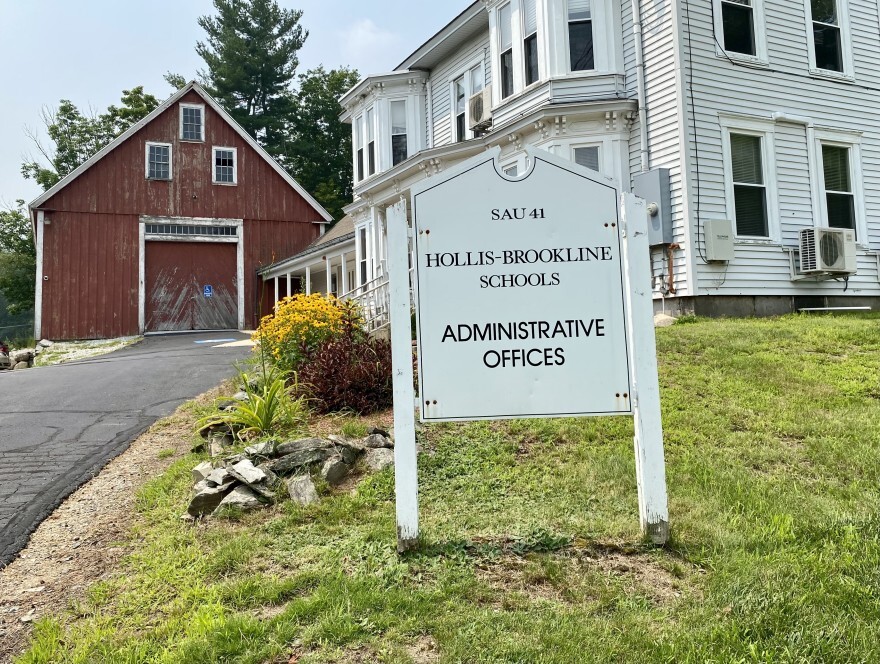How The Critical Race Theory Debate Came To Two New Hampshire Towns
 For student Alex Putney, the debate over diversity and inclusion efforts at her New Hampshire high school took a turn in July 2020.
For student Alex Putney, the debate over diversity and inclusion efforts at her New Hampshire high school took a turn in July 2020.
Local residents had submitted a proposal to SAU 41 to “make anti-racism and equity a strategic priority” in local schools. Putney, one of the few biracial students at the mostly-white Hollis Brookline High School, thought the resolution was a great idea.
But not everyone did. At a school board meeting, the chairman of New Hampshire’s Hollis Select Board said he had not witnessed systemic racism in his fifteen years as a town official. A mother from Brookline worried it would teach kids who “don’t see color” to be racist.
As Putney watched the live stream at home, she started texting her friends. She asked them to write down incidents of racism, sexism, and other biases they’d experienced or heard about at school.
“We wanted to disprove the narrative in the community that there isn’t racism in Hollis Brookline,” she remembers.
The towns of Hollis and Brookline are dotted with farmland, pricey houses, and some of the best-performing schools in New Hampshire. They’re also over 90 percent white. In the aftermath of George Floyd’s murder last year, the school district set out to become more inclusive for students of color and students with other marginalized identities.
But a year in, the districts are embroiled in a debate that has shaken school boards and state legislatures far beyond New Hampshire: how schools should teach kids about racism, race, and white privilege.
Click here for the full story from New Hampshire Public Radio.
